Comprehensive analysis of API impurity spectra using dual-pressure linear ion trap mass spectrometry multiple dissociation techniques
Theresa Lynch 1 ; Kate Comstock 2 ; Jack Cunniff 2
1 Gilead Sciences, 333 Lakeside Dr, Foster City, CA; 2 Thermo Fisher Scientific,
355 River Oaks Parkway, San Jose, CA
Foreword
The analysis of active pharmaceutical ingredients (API) and finished drug impurities is an integral part of drug development. The chemical structure information of impurities is critical in assessing toxicity, improving synthetic pathways, and selecting the optimal dosage form based on the target drug. To ensure drug efficacy and consumer safety, regulatory agencies around the world have developed guidelines for the analysis of drug impurities, clearly indicating the limits based on daily dose, time of use, and drug targets.
LCMS has become the most commonly used unknown impurity analysis technique. In order to be able to identify and characterize trace impurities in a large amount of parent drug, mass spectrometers with high sensitivity, high scanning speed, and multi-stage mass spectrometry (MS n ) are essential. In this study, research-grade adefovir dipivoxil (ADP) sold by Sigma-Aldrich was used as a model compound for API impurity analysis. ADP is an antiviral prescription drug widely used for chronic hepatitis B virus infection. The LCMS system used in this study consisted of Thermo Scientific AccelaTM UHPLC and Velos ProTM dual pressure linear ion trap mass spectrometer. Fragmentation information is obtained by combining CID and Trap-HCD dissociation techniques. Data processing is done by the software Mass FrontierTM.
Analytical method

Acetonitrile and water (Fisher); ammonium acetate (Sigma-Aldrich, product number 73594-25G-F); formic acid (Sigma-Aldrich, product number 33015-
500ml).
Sample Preparation
The ADP solution, 0.5 mg/mL, was obtained by dissolving 0.5 mg of ADP in 1 ml of a 20:80 mixed solvent of acetonitrile and water.
HPLC method HPLC system: Thermo Accela 1250 pump, open Accela autosampler and Accela PDA
Column: Hypersil GOLD C18 2.1 x 150 mm, 3 μM,
Thermo Scientific Product Number 071399
Column temperature: 35 °C
Flow rate: 0.5 ml/min Injection volume: 8 μl
Mobile phase: A – water, B – acetonitrile, C - 100 mM ammonium acetate, adjusted to pH 5 with acetic acid
Gradient elution:
Time (min) A% B% C%
0 80 10 10
12.0 20 70 10
14.0 20 70 10
14.1 10 80 10
15.0 10 80 10
15.1 80 10 10
19.0 80 10 10
Mass spectrometry mass spectrometer: Velos Pro TM dual pressure linear ion trap ionization conditions with HESI-II ion source: electrospray, positive ion mode 1. full scan mode m/z 120-1000 amu/ Top5 dd MS/MS, HCD NCE 35%
2. Full scan mode / List of parent ions dd MS 2 / TOP 3 ddMS 3 , CID/Trap-HCD NCE 20%
a. CID MS 2 / CID MS 3
b. CID MS 2 / HCD MS 3
c. HCD MS 2 / CID MS 3
d. HCD MS 2 / HCD MS
Results and discussion
I. Full Scan - Top5 HCD dd MS/MS and "FISh"
The ADP impurity profile analysis process consists of two consecutive LCMS experiments. The goal of the analysis is to collect as much information as possible for impurity identification and structural analysis.
The first MS experiment included full scan and subsequent Top5 HCD data depending on the MS/MS scan (Figure 1). Next, the data is processed by the Fragment Ion Search algorithm in Mass Frontier, a novel method for impurity detection and identification, based on a comparison of the parent ion dissociation modes (Figure 2a, b). The ingredients with the same fragments as the parent drug are identified by "FISh", see Figure 3.
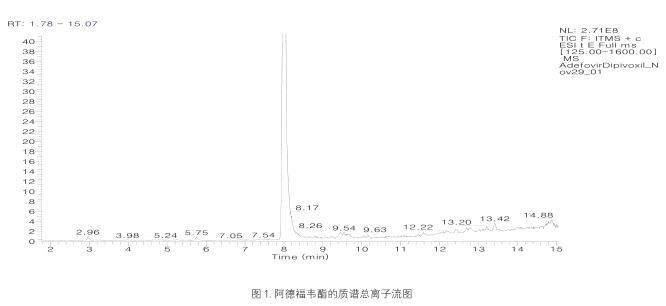
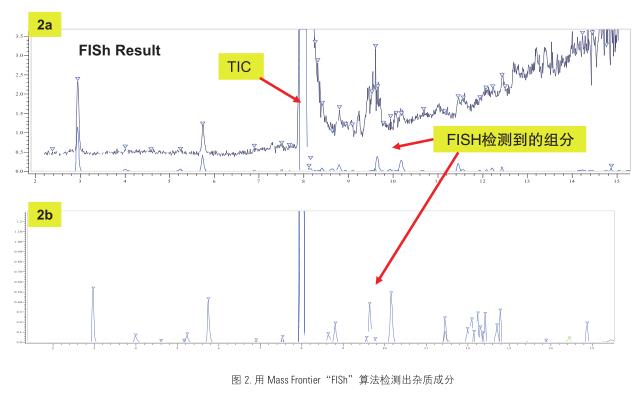
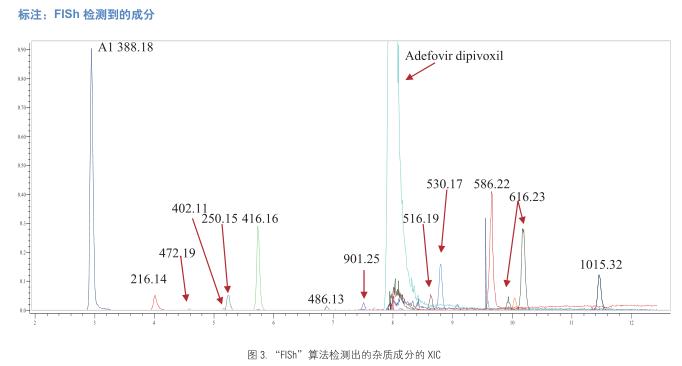
II.Trap-HCD/CID MS 2 and MS 3 provide abundant fragmentation information for structural analysis of unknown compounds. Further structural information is obtained by combining the parent compound list, using Trap-HCD and CID dissociation combination for MS 3 experiments. . When the normalized collision energy levels are the same, Trap-HCD is richer than the fragmentation information generated by CID. Trap-HCD has no low-quality discriminatory effects, as shown in Figure 4. CID MS n provides step-by-step cracking information and is very valuable for structural analysis, see Figure 5, 6.
- Full sweep, CID dd MS 2 (set parent ion list), then HCD MS 3 for the first three MS 2 fragment ions
- Full scan, CID dd MS 2 (set parent ion list), then CID MS 3 for the first three MS 2 fragment ions
- Full scan, HCD dd MS 2 (set parent ion list), then CID MS 3 for the first three MS 2 fragment ions
- Full sweep, HCD dd MS 2 (set parent ion list), then HCD MS 3 for the first three MS 2 fragment ions
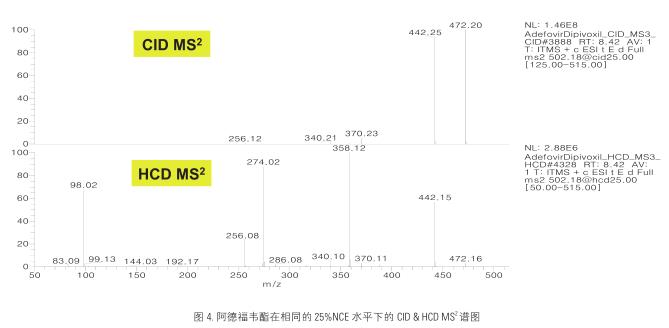
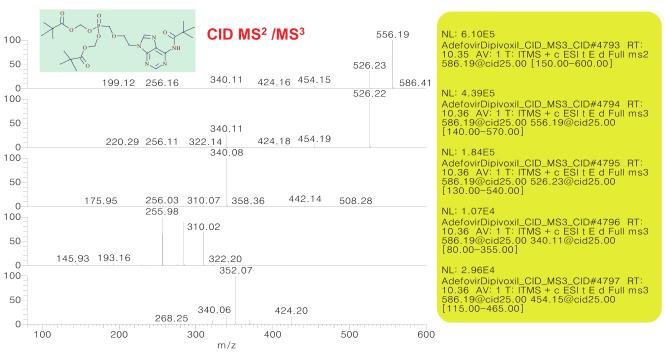
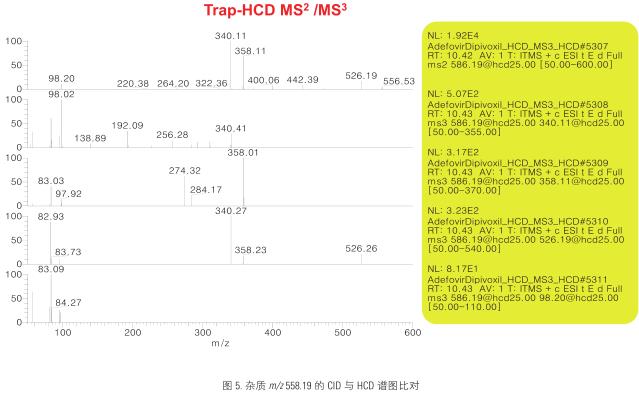
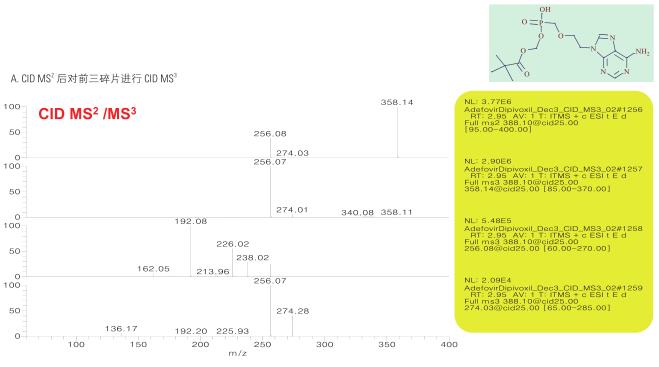
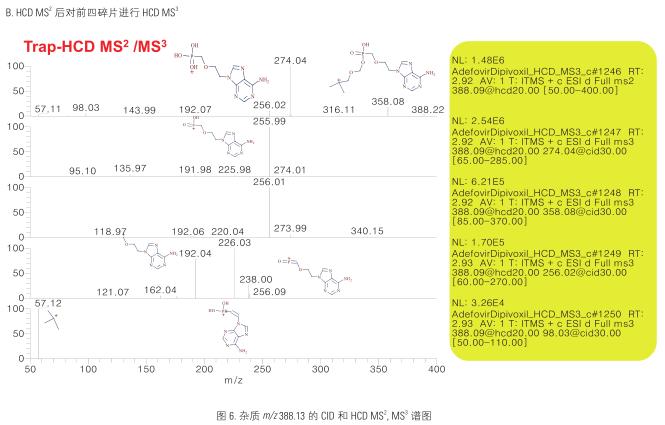
Based on the rich HCD, CID MS 2 and MS 3 fragmentation information (see Figure 7), the identified impurity compounds were structurally predicted. The exact mass and elemental composition of each impurity component was confirmed by high resolution data from a benchtop Orbitrap Q ExactiveTM mass spectrometer.
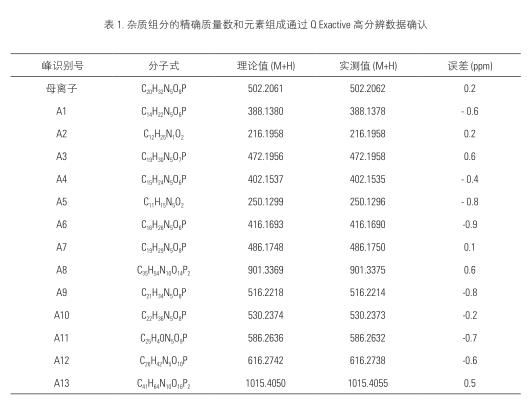
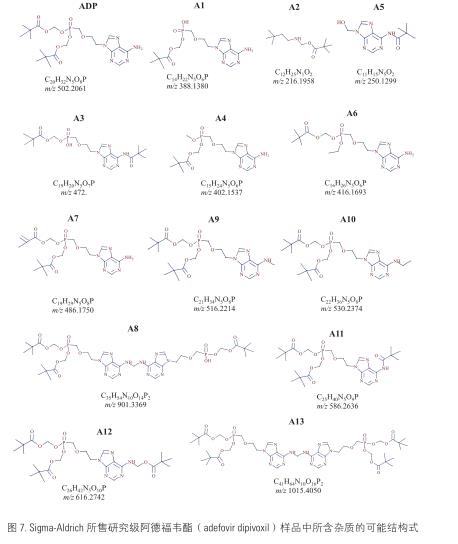
Conclusions <br>Two dissociation techniques—Trap-HCD and CID—are used to characterize thirteen low-level impurities in commercially available research-grade adefovir dipivoxil samples. When the normalized collision energy levels are the same, Trap-HCD is richer than the fragmentation information generated by CID. Trap-HCD does not have a low quality discrimination effect. On the other hand, CID can provide step-by-step cleavage information and MSn spectra, which is very valuable for clarifying substructure associations. The results of this study demonstrate that combined with the data post-processing software using these two complementary dissociation methods can excellently complete impurity identification and structural analysis, and improve the speed and reliability of unknown impurity analysis.
Fabric: 40 single-sided fabrics of 190 grams of CVC stretch frame, 50% COTTON + 45% POLYESTER + 5% LYCRA composition. The fabric of this T-shirt is breathable and comfortable, and it has a soft feel. The ribbed collar is more durable and stylish.
Sewing process: The use of double-needle chain bottom process makes it more comfortable to wear. The number of yards is complete, there is a small amount of stock available, starting batches of 50. Our factory mainly supplies large quantities of T-shirts for a long time, and the product fabrics include cotton, polyester, CVC, etc.
Cvc T-Shirt,Outdoor C T-Shirt,Mens T Shirts,Outdoor T Shirts
Xinhui Jielide Garment Factory , https://www.ntgfwear.com